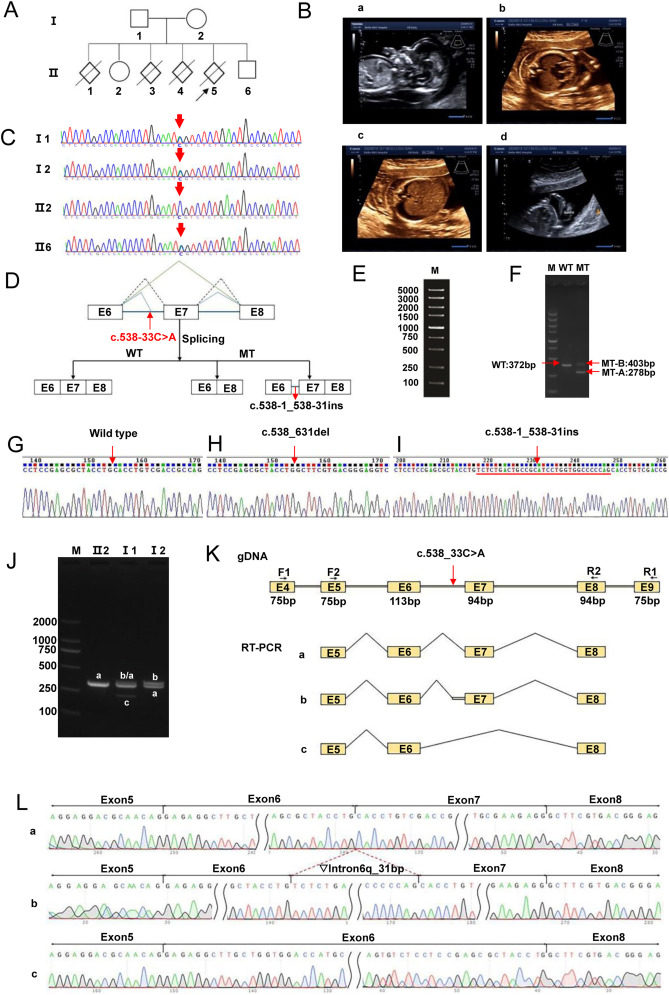
A novel homozygous intronic variant affecting splicing in the RYR1 gene contributes to fetal hydrops


Fetal hydrops is a rare but serious fetal developmental abnormality characterized by the abnormal accumulation of large amounts of fluid in the fetus resulting in generalized edema, and clinically manifested by abnormal functioning of multiple organs and systems.1 The ryanodine receptor 1 (RYR1) gene encodes the ryanodine receptor found in skeletal muscle and is expressed predominantly in cardiac and skeletal muscle.2 The encoded protein functions as a calcium release channel in the sarcoplasmic reticulum, but is also used to connect the sarcoplasmic reticulum to the transverse tubules. Mutations in this gene have been associated with malignant hyperthermia susceptibility, central core disease, and micro-nucleated cardiomyopathy with extraocular muscle paralysis.3 Existing studies have also found that mutations in the RYR1 gene, as well as mutation-induced purebred shear variants, can be associated with fetal hydrops.4,5 Here, we report a novel heterozygote intronic variant affecting RYR1 gene splicing may cause fetal hydrops.
